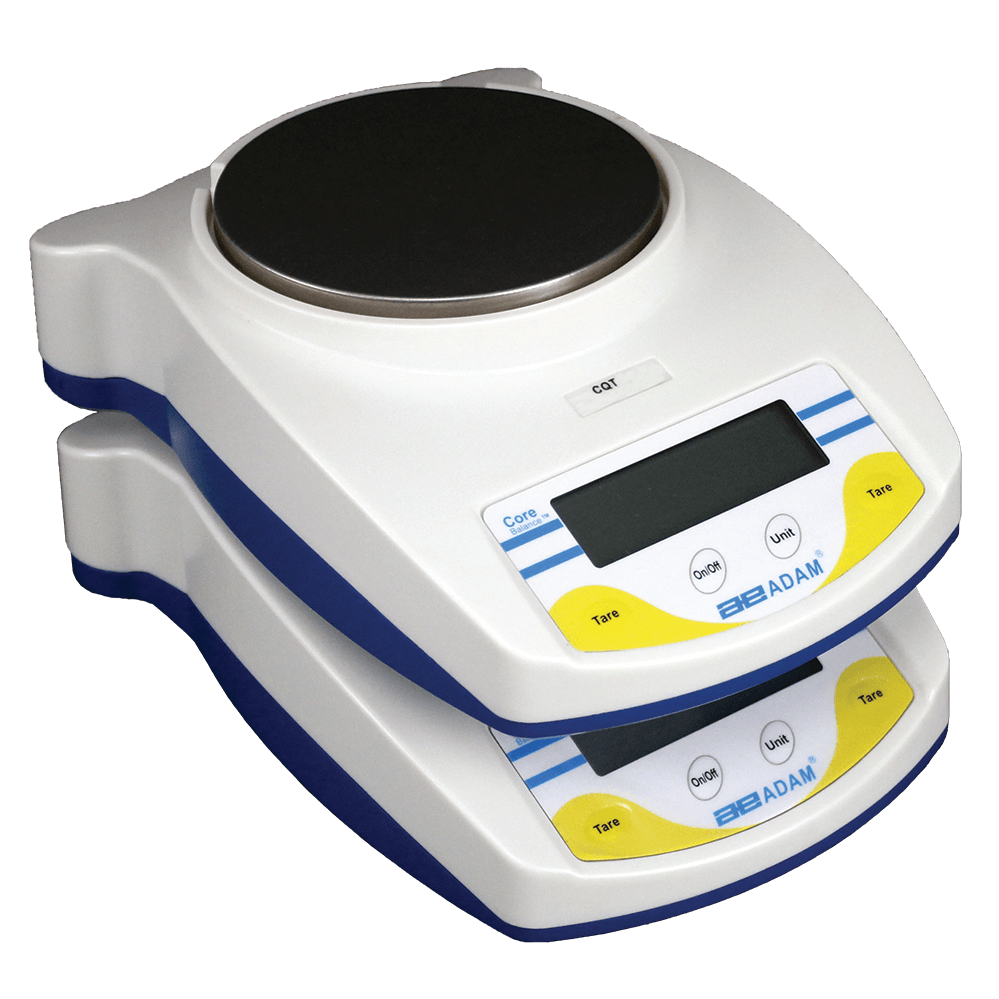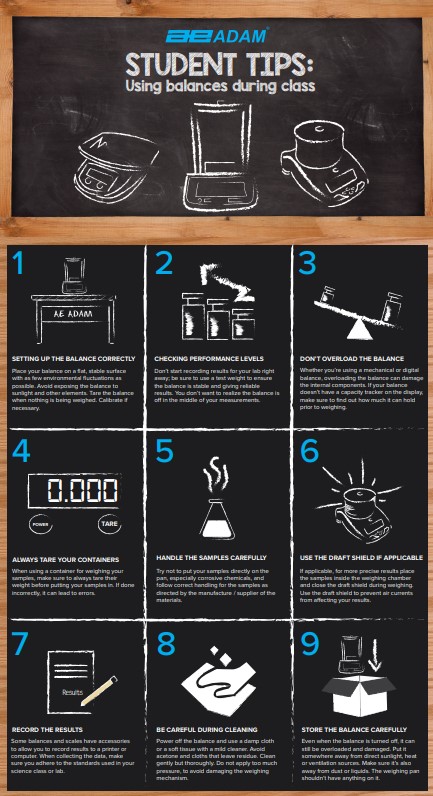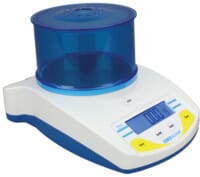
It’s back-to-school time for much of the world. For science teachers and their students, this means the start of a new year of exploration and hands-on learning about key concepts like mass and weight.
Why Use Balances in the Classroom?
When studying the physical sciences – the study of inanimate natural objects, including physics, chemistry and geology – one of the first, most basic things you’d need to know is the object’s mass or weight. (While often used interchangeably, mass and weight aren’t quite the same. The key difference is that mass does not change, while weight is dependent on gravity. So while an astronaut’s mass on Earth would be the same as their mass on the moon, their weight would change since the moon’s gravitational pull is about one-sixth that of Earth’s.)
In the classroom, students typically learn the basics of weighing, including the different weighing units, how to use a scale or balance and how to record the results. An accurate balance ensures reliable data and promotes the development of skills like analysis and critical thinking, which are important when students learn to draw conclusions from their experiments and support their findings with evidence.
Getting to the Core of a Good Science Lesson
We’ve previously provided an Introduction to Education Scales and Balances in our blog. In this post, we’ll take a closer look at one of our most popular compact balances for the classroom.
Our Core® CQT portable compact balance is a staple school science classrooms. Why is it so popular?

Simple to use, simple to understand. With just four buttons (On/Off, Unit and dual Tare buttons to accommodate left- or right-hand users), children can quickly learn to operate Core and read its display. Core can also be powered by either AC or, to avoid cords getting tangled, by battery.
In addition to teaching younger students basic weighing concepts, an included weigh-below hook facilitates lessons on density and specific gravity. For more about density, check out our blog post, How to Calculate Density Using a Balance.
For free teacher resources – including science lessons using balances designed for Adam Equipment by science educators – visit our education resources page.
Durability. Let’s face it – when working with kids, mistakes happen. Things can get knocked off a table, banged up or worse. Core was built to stand up to industrial use, so it can handle most anything young students can throw at it. (Hopefully not literally, but Core’s ShockProtect® feature can help guard against shock loading and accidental overloading.)
Easy to store. Classroom space is often at a premium. To help, the easily portable Core is stackable.

How Can Core Enhance Science Education?
Schools most often use compact balances and mechanical scales in science classrooms, while higher education (university-level) may use precision balances and analytical balances. Compact balances like Core lack complicated setup or operation procedures that would take too much time during class or be too complex for students just learning the basics. Whether measuring liquids, solids, or even live organisms, Core provides the reliability needed for effective science lessons.
Science experiments aren’t limited to a single location. The easily portable Core allows educators and students to take their investigations beyond the classroom – whether it's in the classroom, the schoolyard or even field trips.
Core weighs in multiple units (g, kg, lb, oz, N, GN, ct, dr and tl.T), which provides some overlap with other classes, such as math, where students can be taught measurement conversions (such as between metric and imperial units, or converting pounds to pounds and ounces.
For more information about Adam Equipment’s commitment to the education, visit our education industry page, where you’ll learn about which products are best suited to each grade level and find links to helpful resources.
Need assistance choosing a balance for your science classroom? Call an Adam professional at (203) 790-4774 or email education@adamequipment.com.






